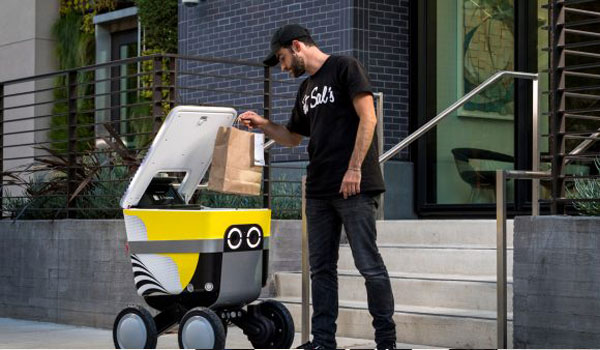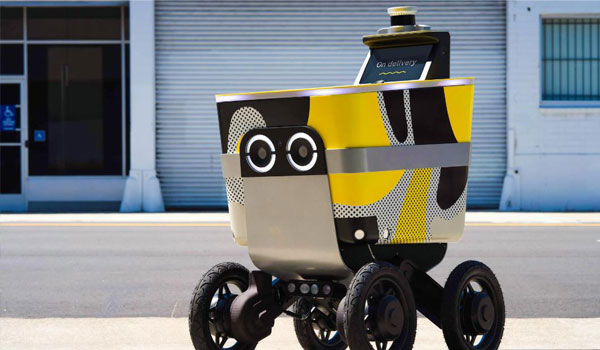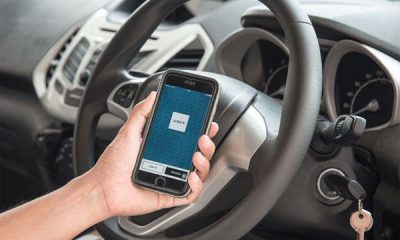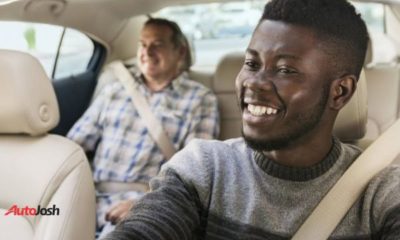News
Uber Is Experimenting With Using Robots To Deliver Food
-

 News4 days ago
News4 days agoOfficial Cars Used By Muhammadu Buhari During His Rule As Nigerian President, Military Head Of State
-

 News1 week ago
News1 week ago‘So What?’ FCT Minister Wike Defends Use Of Rolls-Royce Ghost, Said He Used Mercedes-Benz As A Student
-

 News1 week ago
News1 week agoThrowback : Michael Ibru Poses With His Bugatti-style ‘Panther De Ville’ – Britain’s Most Expensive Car At The Time
-
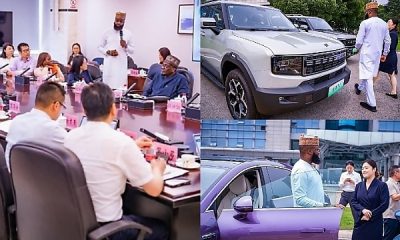
 News5 days ago
News5 days agoNASENI CEO Meets With Chairman Of Chery In China To Explore Partnerships On EVs, Local Assembly
-
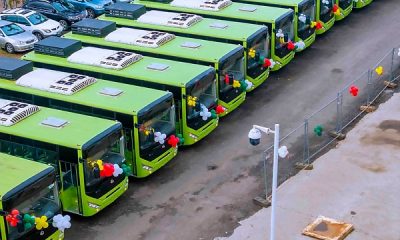
 News1 week ago
News1 week agoNNPC Ltd Presents 35 CNG Buses To The Presidential Compressed Natural Gas Initiative (PCNGi)
-

 News5 days ago
News5 days agoNew Bentley Bentayga Speed Sets New ICE-powered SUV Hill Climb Record At Goodwood Festival of Speed
-
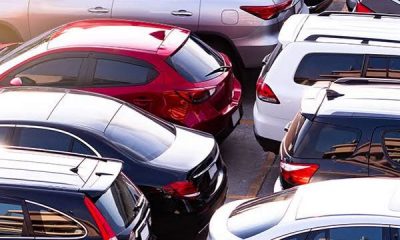
 News4 days ago
News4 days agoBank Fraud: Court Orders Final Forfeiture Of 9 Luxury Cars, ₦326.4m, $480,000 To FG
-

 News1 week ago
News1 week agoVideo Of VP Shettima Opening Car Door For His Brazilian Counterpart Sparks Online Debate

